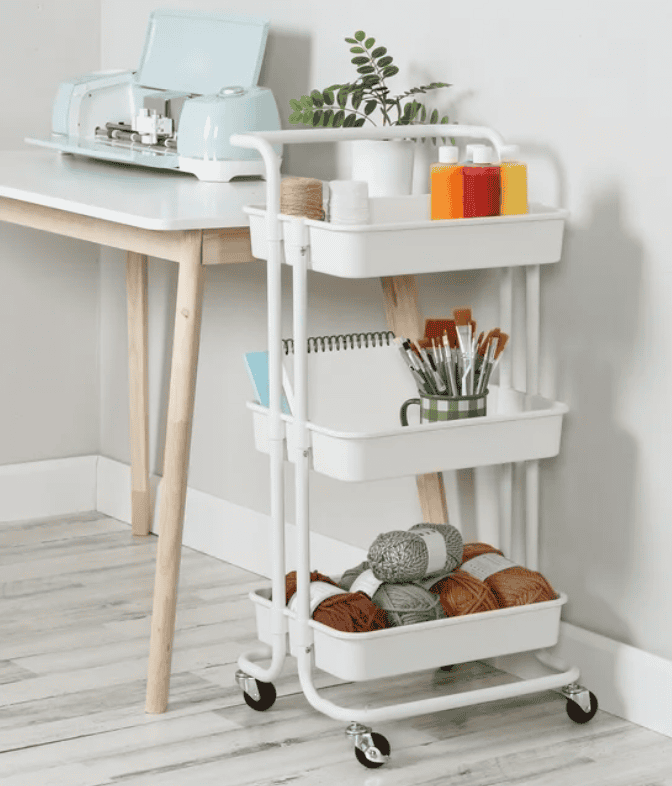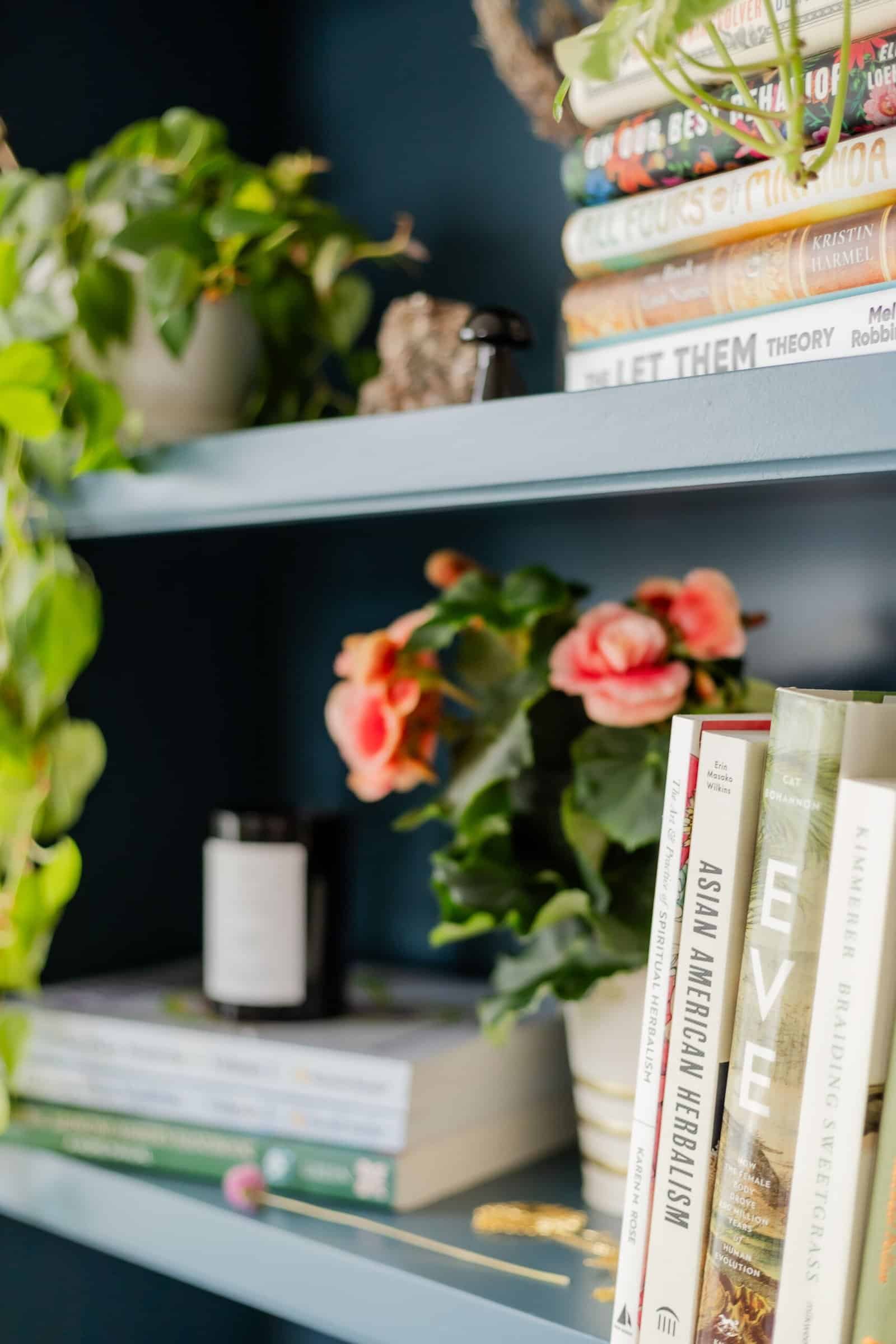by Michelle
Share
by Michelle
Share
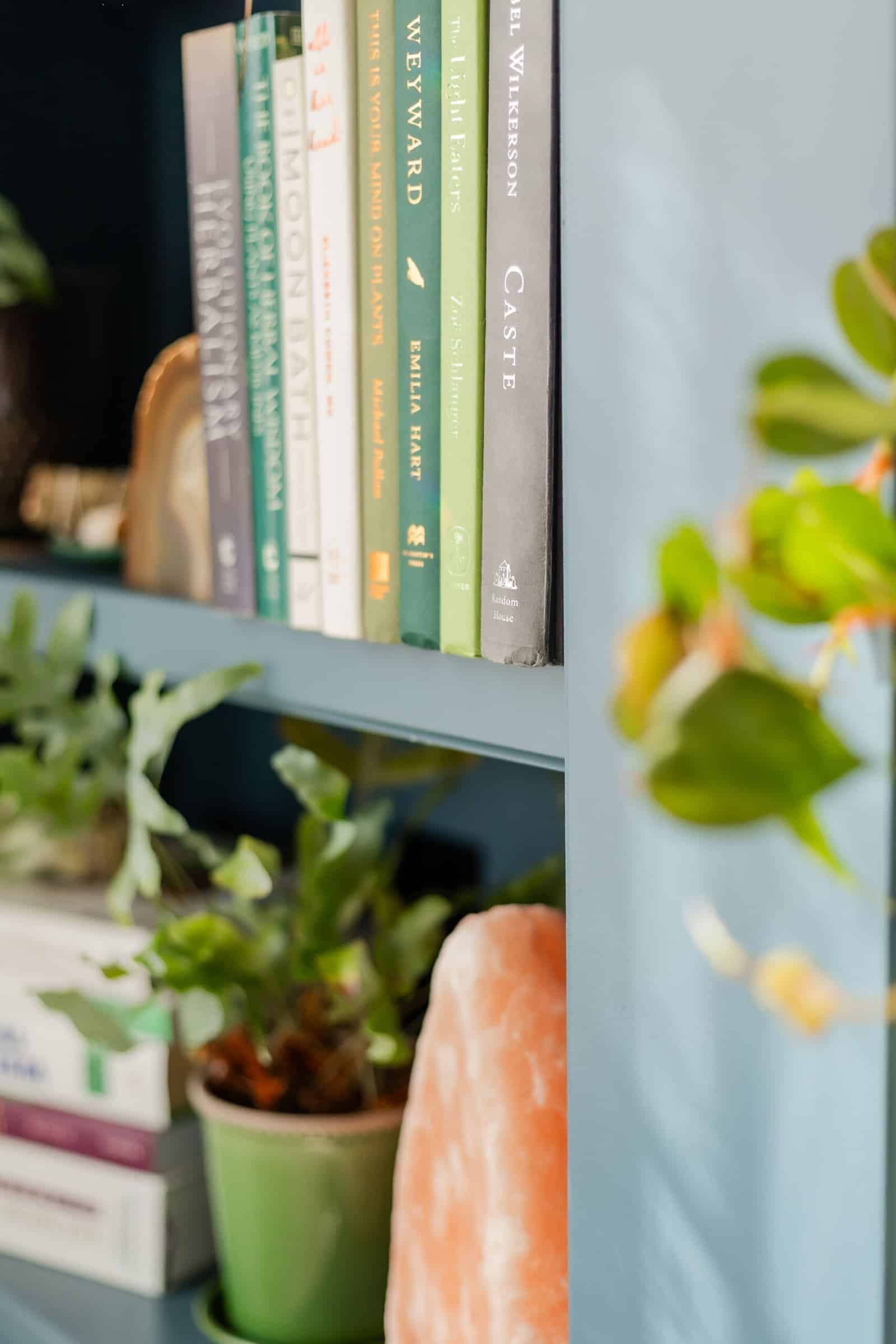
One of the most often missed topics when it comes to writing and your office workspace is productivity. As a writer, you are focused on drafting, editing, book covers, ARC Reviews, and other important self-publishing topics, we forget that there are more efficient ways to do things. In your office or writing space, you might just think you need a good computer with writing and editing software, and a good desk and chair.
While that’s a great start, ask yourself, “Is my writing area set up for success?”
Another thing to consider is how much time you waste doing mundane things? Is there a better way to do it?
Let’s explore some ways we can improve our writing space and stop wasting time on stupid things.
Start with an Office Workspace Vision
Before we dive into this topic, think through these questions.
- What do you want to do in this space?
- Will your space be used for multiple tasks?
- What’s your wish list? (Desk space, storage, seating, lighting, etc.)
- Which of the items on your wish list is a want and which ones are a need? Prioritize your needs first.
Your Actual Needs
What do you want to do in your designated space? How much space do you have and what are your limitations?
If you will be setting up a desk, you’ll need to research the best computer for your use case. For instance, graphic designers need more disk space, faster graphics cards, and do better with a PC vs. a laptop. If you plan on creating videos, this adds on to what is needed: microphones, webcams, and video editing software. You might also want to use something like VidIQ for your YouTube videos, but that’s not necessary at the start.
If you are sticking to just writing, a good laptop with backups and writing software might be all you need. Programs like Scrivener, ProWriting Aid, and even an AI tool like Claude can get you rolling. If planning on self-publishing, then Publisher Rocket is also a good tool to start with.
Take into account your specific tasks, then reverse engineer what things you’d need to make that a success.
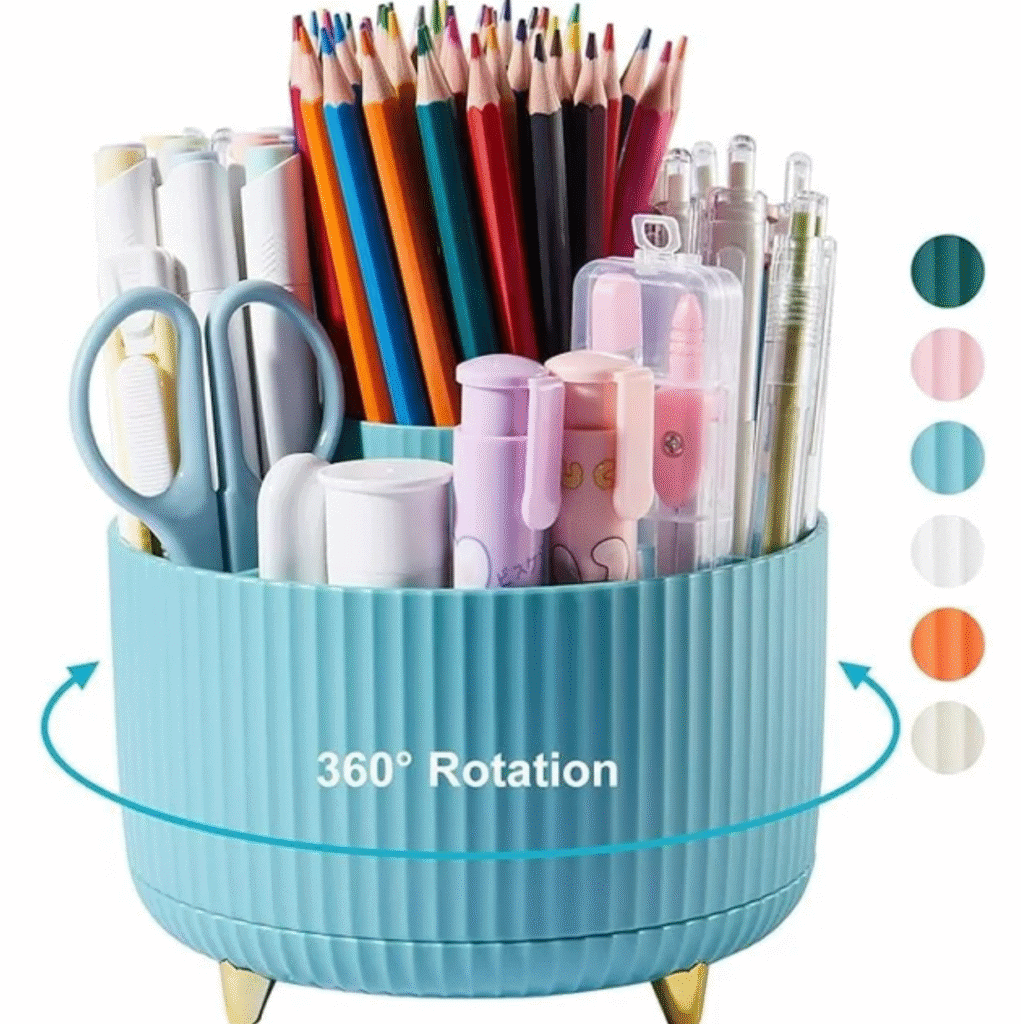
*Affiliate Link – I really like this and have it in my office. It’s super convenient. Click the image to see more of my finds.
The Multi-Purpose Office Workspace
In addition to the basics, there are a few other things to consider.
- Will you be running a business in this space?
- What organization systems will work the best for your tasks?
- Do you thrive best with digital organization or paper methods?
- If your space is small, how do you plan on using the space the most efficiently?
When doing multiple tasks in one office workspace, you might consider things like bookshelves, wall shelving, filing cabinets, and organizational tools. Some desks offer extra storage spaces underneath, while some come with drawers and cabinets. If this isn’t an option, you can usually create shelving with your wall space rather inexpensively.
Also consider things like planners, calendars, and other tools. If you are digital nomad, then having this all on the computer will save a ton of space. But if you like paper products, then you’ll need to store or hang these tools.
If you use your office workspace for art, art supplies can take up a huge amount of space. How will you incorporate your art tools into your workspace without having it take over every area?
Spend some time writing down what you want to do with your workspace, as well as what tasks you’ll be doing. Then brainstorm some initial ideas for how you’d like to organize your tasks and tools.
The Writer’s Wish List
Your wish list might be something as simple as a comfy office chair, or as elaborate as the theme of your office decor. It’s your office – what ways do you want it to be welcoming and useful?
Think about the desk space you need, storage for your art, writing, and other supplies, seating at your desk or art studio, the lighting requirements, and office decor.
For your lighting, do you have a window? What other lighting might you need? Is there an overhead light or will you need to get another light source? For videos, consider an adjustable ring light with different lighting options. Also consider “nice to have” options like a tripod or a better web cam.
Your wish list isn’t something you’ll dive in and purchase from the get-go, but it’s nice to keep it around for when you do have a little extra to splurge.
Organize Your Office Workspace Ideas
After you have some idea of what you want, you could take these ideas to Pinterest. Start some secret boards and fill them with ideas.
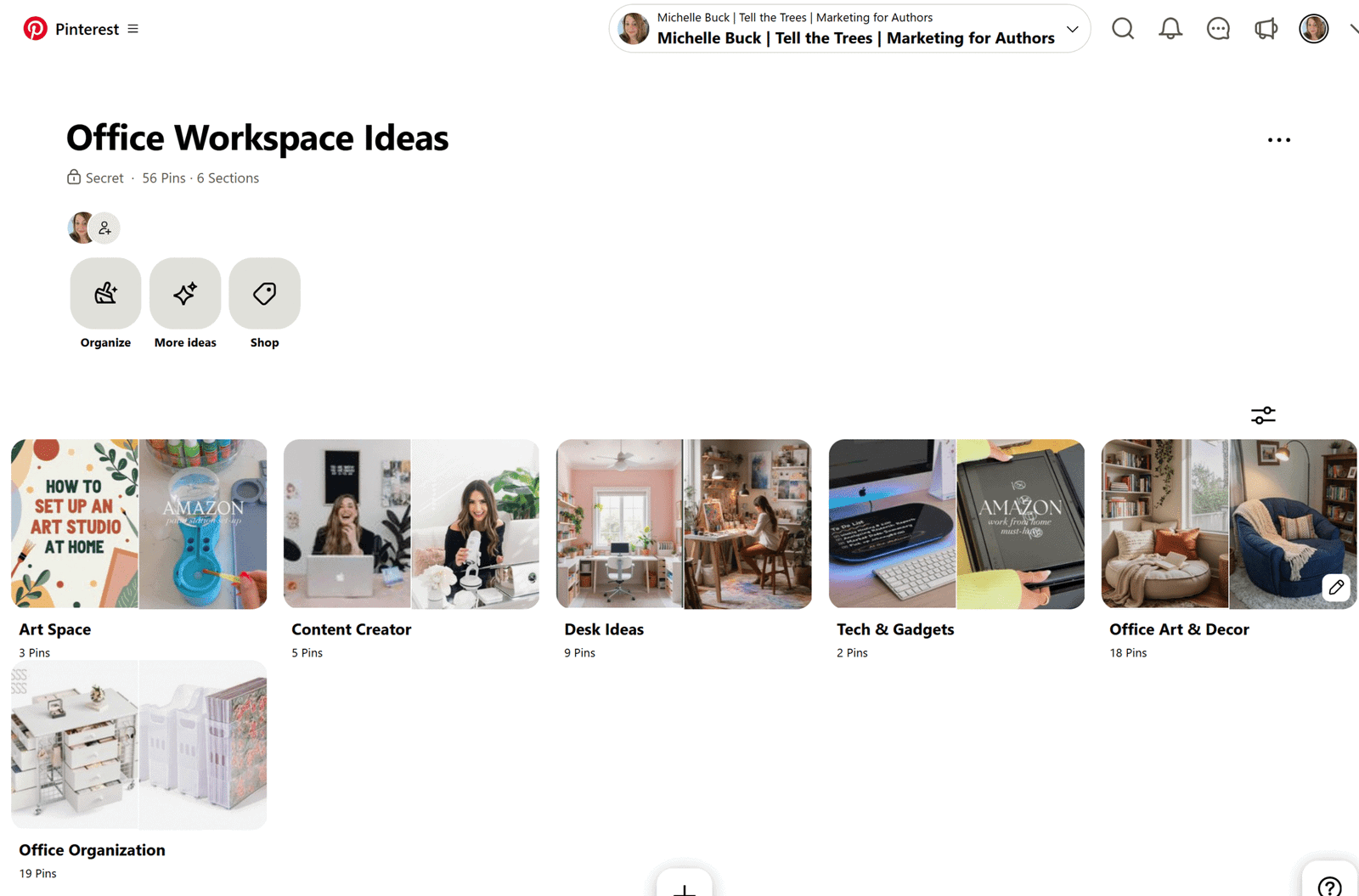
Set up secret boards on Pinterest to save your workspace ideas
My main board is called “Office Workspace Ideas”. You can name yours whatever you want but make it easy to find.
Set up sections for each category and add ideas to the list using the platform search. For instance, search for “office organization” to find more ideas for your books, art supplies, writing tools, and more.
Let’s take a look at how to start building your workspace (or refine it) from what you already have.
The Family Furniture Raid
Another aspect to consider is your budget. I know many business owners that prefer to do things as cost-effective as possible. That means, not a lot of extra income for the niceties. The good thing is that if you are working from home, you can repurpose things you already own and use them in your office.
Hopefully you find a few things you can use. I know my basement is a catch-all for everything so that’s where I look first when I need something. If it’s not there, then I have to be creative.
If you’ve searched your house with no luck, then consider reaching out to family members. You never know if they are getting rid of household items that might work for your office.
When my daughter was moving out, I decided I didn’t want her room to be a mortuary. So I turned it into my office space. I decorated it with items I had obtained through Amazon Vine (a free program where I review items for free) and then kept some of her furniture she didn’t want, like her desk and some of her art. She also left behind a bookshelf which came in handy.
Before you spend a single dime on office furniture, get creative. You just might find something that works and will carry you through until you can afford to get something better.
Thrifting, Gifting, & Saving Money
One of my favorite ways to find shelves and smaller office furniture is by visiting a thrift store. I found a tall shelf for $10 at Goodwill. I’ve found little containers and cubby drawers at the thrift store too.
You can also try dollar stores, garage sales, and even clearance items at your local department stores to save money. Facebook Marketplace is also one you might try. Just be aware of scammers and never give money to anyone when you haven’t even seen the item.
When holidays and birthdays roll around, I ask for items I need too. Last Christmas I got a dry erase board, a mini label printer, and a tripod for my office.
Mix & Match Office Workspace Edition
It’s not always fun getting a mix and match of items because you have to make them work for you. So, the desk might be too tall, or a chair might not be the right height. You might hit your knee on the desk (like I do) and get frustrated that you don’t have enough space for everything. The space you once thought would be perfect is now cluttered.
Take time to assess what works and what doesn’t. Then refine. Your office space will need to be updated as you grow, or it might have never been the best option to begin with. Use what you have, but if something isn’t working, then you should consider biting the bullet for an upgrade.
You don’t want to just fill space. You want everything to serve a purpose.
If someone offers a piece of furniture for free, but it doesn’t serve you, don’t take it. You’ll just get annoyed with an extra piece of useless clutter. So be thoughtful about what you need or want and then make it work for you. Feel free to get rid of items that don’t suit you.
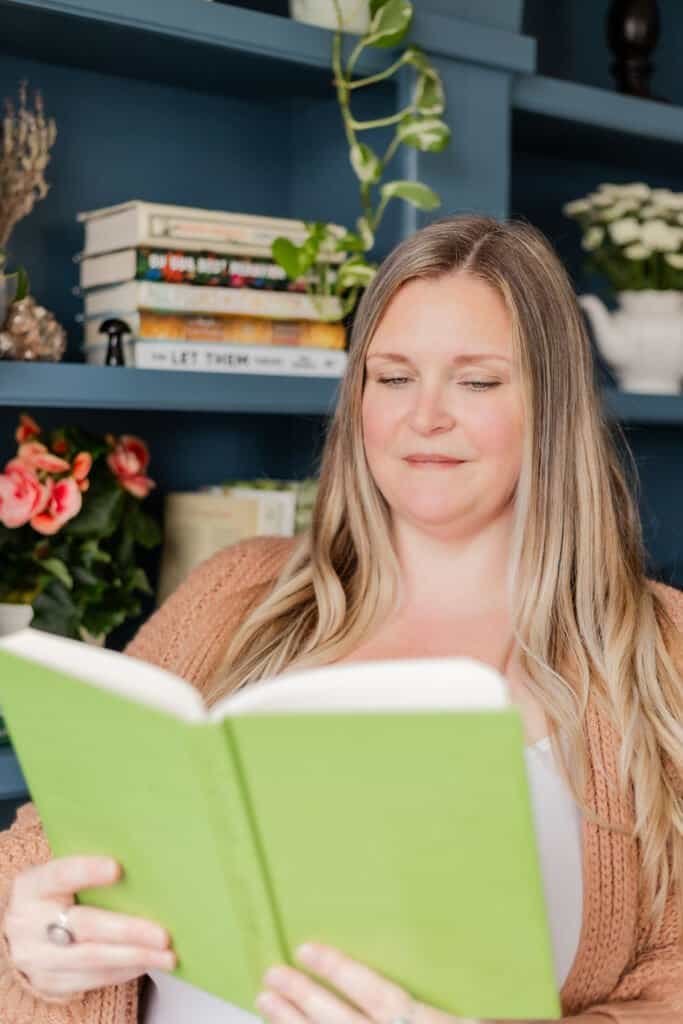
How will you use your office workspace?
Productivity Tips for Small Writing Spaces
I admit, my office space is not 100% how I want it. Yet, it works for me. While writing this article, I decided to get rid of a smaller desk I had for my art and replaced it with a longer desk my daughter left in our basement. I cleaned out old papers and re-organized books and supplies. It’s a work in progress.
I’m lucky enough to have a storage space which used to be my daughter’s walk-in closet. I use that to store some of our household items, but also use it for some of my office things I don’t want cluttering my space. When I need it, I just open the door and use it, putting it back once done with the task. You might consider something similar if you don’t like clutter.
Here are some other ideas I came across while researching this article:
Maximize Vertical Space
- Wall-mounted shelves for reference books and supplies
- Pegboards for hanging frequently used items
- Over-door organizers for extra storage
- Stackable bins that can double as footrests
Multi-Purpose Furniture
- Ottoman with storage for manuscripts/notebooks
- Desk with built-in drawers and shelves
- Rolling cart that can move between writing and other tasks
- TV trays for overflow workspace when needed
Digital Organization
- Cloud storage to reduce physical file needs (Tip: Use Lens on your phone to scan and send your digital files)
- E-versions of reference materials instead of physical books
- Digital notebooks to cut down on paper clutter
- Desktop organization systems to reduce visual chaos
Zone Your Office Workspace
- Designate specific areas for different tasks (writing vs. business vs. research)
- Use desk organizers to keep each zone’s supplies contained
- Create a “mobile office” setup for when you need to move around
Smart Storage Solutions
- Under-desk storage bins for seasonal or less-used items
- Drawer dividers to maximize small spaces
- Clear containers so you can see what you have
- One-in-one-out rule to prevent accumulation
Lighting Strategy
- Position your workspace near natural light when possible
- Use adjustable desk lamps to avoid eye strain
- Use ring lights for video and photography
- Consider clip-on lights for extra illumination without taking up space
Minimize Decision Fatigue
- Keep frequently used items in the same spots
- Have a designated spot for your current project materials
- Use a simple filing system (physical or digital) that you’ll actually maintain
Helpful Tech
- Use a desk attachment for your microphone to avoid taking up precious desk space
- If using a laptop, use monitor arms or extensions that act as multiple monitors
- Mount monitors instead of having them on your desk
- Use keyboard trays to slide your keyboard away when not needed
- Use cable management boxes to hide power strips and cords
- Bundle multiple cords together using cable sleeves
- Use rotating carts to access supplies without having to reach
- Use magnetic strips to hold small metal items on the wall or filing cabinet
- Reduce device clutter with wireless charging pads
- Use LED strip lights for under shelf lighting of task areas
When it Makes Sense to Splurge
Whether it’s a computer, web cam, or software, tech is always a nice upgrade and often worth the extra money. One caveat is that you don’t need every new shiny object or piece of software. You just need enough to get started, then once you build momentum, consider buying one or two items that will help you in your business or writing.
You can get away with using a slower computer, but if it causes a slow down for your projects, then maybe it’s time to invest in something faster. If your microphone doesn’t pick up your voice with clarity, this affects your presentation and can hinder your marketing. Even microphones under $50 can be a big improvement over a cheap microphone. Be conscientious but don’t limit yourself to cheap products just to save a dollar. Sometimes that extra money spent makes a big difference.
Conclusion
While everyone is talking about self-publishing, writing platforms, and selling your craft, this post highlights how to think about your office workspace. If you are like most creators, it’s tricky to customize your office so that you can get everything done.
The tips in this article can help you think through how you work, what’s important, and how to be the best version of yourself in the space you have. And once you build some income, consider updating your office workspace for a more productive work life.
Tell the Trees is supported by its readers. When you make a purchase using links on this site, it may result in affiliate commission. Please visit my affiliate disclosure page for more information.
Let's Discuss It
Accessibility isn’t just nice to have; in fact, it’s now more important than ever. In 2025, over 1.3 billion people worldwide live with some form of disability, and many use e-readers or screen readers to access digital content. Yet most self-published authors continue to create ebooks that unintentionally exclude these readers. Microsoft Word, a tool
After my post about the European Accessibility Act, I got some fantastic questions from you that made me realize we need to have a more practical conversation especially regarding digital products. My original post focused on what’s been published — either written by lawyers for lawyers or aimed at big publishers with compliance departments. But what
The biggest threat for authors on Substack isn't competition or algorithm changes. It's something far more basic: the platform itself. Let's learn more.
As authors, we put our hearts on the page and then send our work out into the world, hoping it resonates with readers. But let’s be real—not everyone is going to love what we create, and some people are going to be downright nasty about it. If you’ve ever published a book, shared your writing





